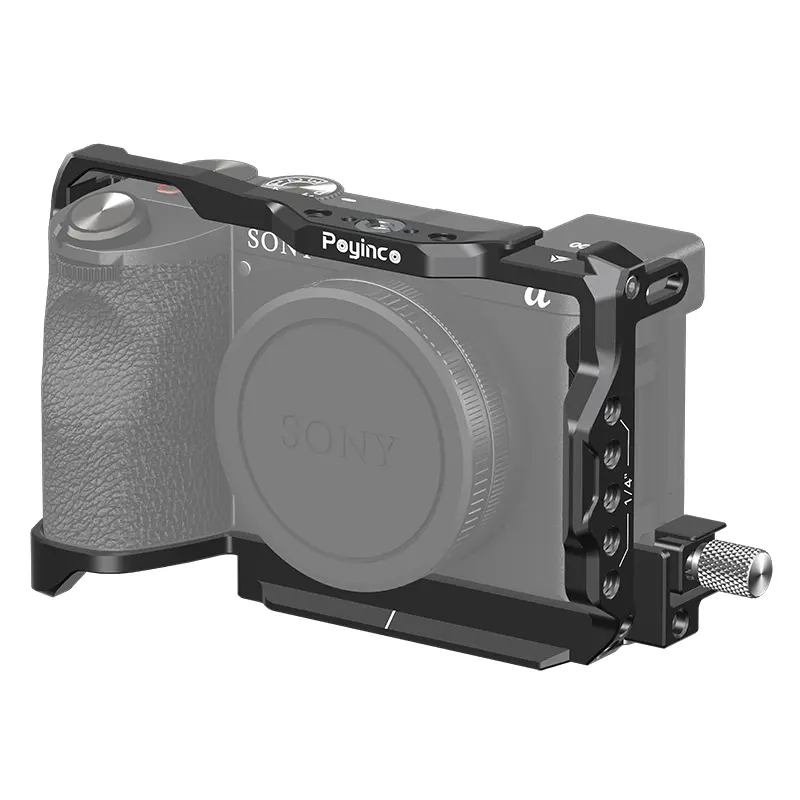

Time:2025-10-14 Views:1

In environments prone to vibrations, shocks, or seismic activities, the earthquake - resistant design of camera brackets becomes crucial for ensuring the safety of the camera equipment and the integrity of the captured footage. An effective earthquake - resistant design not only protects the valuable camera but also enables continuous and stable operation, even in challenging conditions.
One key element of earthquake - resistant design is the use of shock - absorbing materials. Rubber and silicone are commonly employed due to their excellent elasticity and ability to absorb and dissipate vibrational energy. These materials can be integrated into various parts of the camera bracket, such as the joints and connection points. For example, rubber gaskets can be placed between the bracket arms and the base, cushioning the impact of sudden movements and reducing the transfer of vibrations to the camera. Additionally, springs can be incorporated into the design to provide a flexible yet stable support system. Compression springs or torsion springs can absorb and counteract the forces generated during vibrations, helping to keep the camera in a stable position.
The structural design of the camera bracket also plays a vital role in its earthquake - resistance. A triangular or trapezoidal frame structure is often preferred as it offers high stability and strength. Triangular shapes, in particular, distribute forces evenly, reducing the risk of deformation or collapse under stress. Reinforced corners and joints further enhance the structural integrity. Welding or using high - strength fasteners at these critical points ensures that the bracket can withstand the dynamic forces associated with vibrations and shocks. Moreover, the use of a modular design can be beneficial. In a modular camera bracket, individual components can be easily replaced or adjusted, allowing for quick repairs and adaptations in case of damage caused by seismic activities.
Another aspect is the damping system. Viscous dampers, which use a fluid - filled chamber to dissipate energy, can be added to the camera bracket. When the bracket vibrates, the fluid inside the damper resists the movement, converting the kinetic energy of the vibration into heat energy, which is then dissipated. This effectively reduces the amplitude of the vibrations, protecting the camera from excessive shaking. Active damping systems, which use sensors to detect vibrations and actuators to counteract them, are also emerging in advanced camera bracket designs. These systems can continuously monitor and adjust the bracket's response to vibrations in real - time, providing a high level of stability even in severe seismic conditions. By incorporating these earthquake - resistant design features, camera brackets can safeguard the camera equipment and ensure reliable operation in a wide range of dynamic environments.
Read recommendations:
Camera Cage Handle Grip Camera Accessories Machining Services
FX 30 FX 3 Camera Cage for Sony FX30 / FX3 Metal Camera Cage Stabilizer Rig Camera Accessories
Broadcast Television Camera Cage
CNC Ultra - Micro Processing Machinery for Nanomaterial Manufacturing